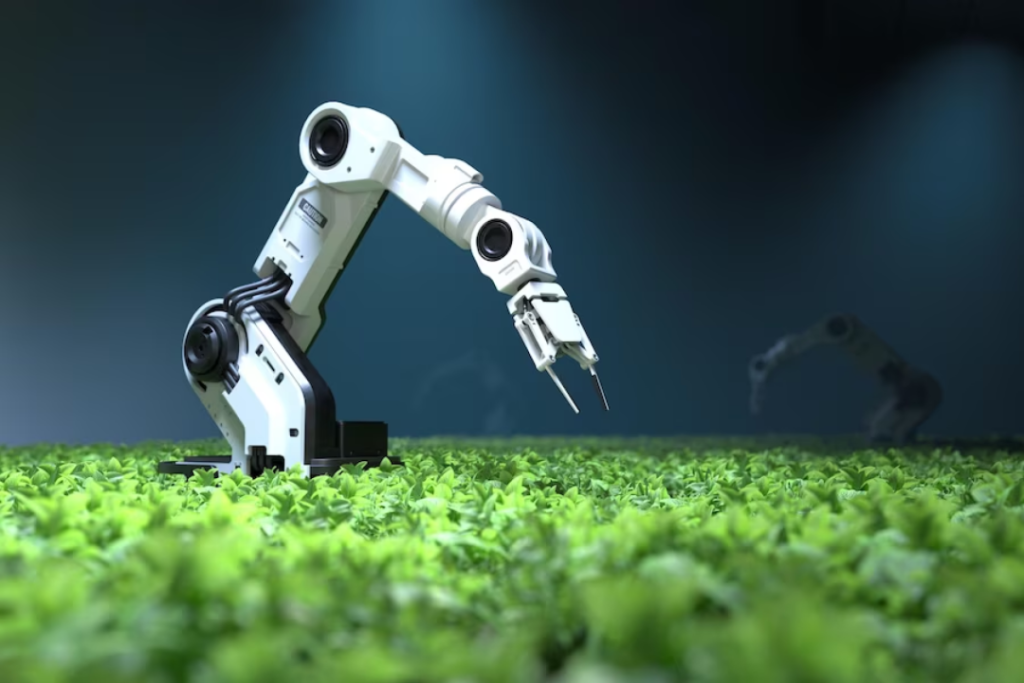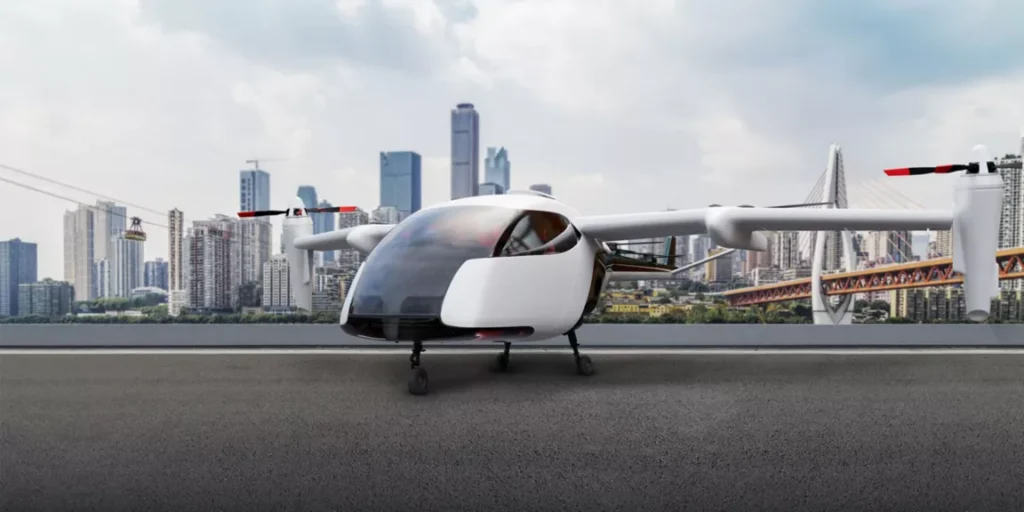The exploration of hazardous environments, such as deep-sea trenches, volcanoes, toxic waste sites, or outer space, presents significant challenges for human intervention. Extreme conditions like high temperatures, radiation, toxic gases, and the lack of human-accessible spaces make these areas difficult or even impossible to explore using traditional methods. Robotics, however, offers an innovative solution to these challenges, enabling researchers and engineers to gather critical data, perform complex tasks, and make discoveries in environments that would be too dangerous for humans to enter.
Robotic systems, designed specifically for hazardous environments, are equipped with the necessary tools and technologies to perform tasks autonomously or remotely. These robots come in a variety of forms, from drones that fly in the air to underwater robots capable of diving to extreme depths, to wheeled or tracked robots that navigate dangerous terrains. Their ability to operate in such environments without putting human lives at risk has made them indispensable in fields such as disaster response, environmental monitoring, and space exploration.
One of the most well-known applications of robotics in hazardous environments is in deep-sea exploration. The ocean’s depths, particularly below 1,000 meters, are often dark, pressurized, and filled with toxic chemicals, which make human exploration nearly impossible. However, autonomous underwater vehicles (AUVs) and remotely operated vehicles (ROVs) are being used to explore these regions, capturing high-resolution images and collecting samples from ocean floors, hydrothermal vents, and underwater volcanic systems. These robots are equipped with sensors to measure temperature, pressure, salinity, and other environmental factors, helping scientists better understand the ocean’s complex ecosystems and the effects of climate change on marine life.
In addition to oceanic exploration, robots are also proving valuable in hazardous terrestrial environments. For example, robots are used in the aftermath of natural disasters such as earthquakes, floods, or nuclear accidents, where human workers may be at risk of exposure to toxic gases, radiation, or structural collapse. Search-and-rescue robots can enter collapsed buildings, assess damage, and help locate survivors. These robots are equipped with specialized sensors, thermal cameras, and tools to assist in locating victims, measuring environmental hazards, and even delivering life-saving supplies to inaccessible areas.
Robots are also essential in environmental monitoring, particularly in regions affected by hazardous waste or pollution. For example, in post-industrial sites, chemical plants, and nuclear power plants, robots can be used to collect environmental data without endangering human workers. They can assess air quality, detect radiation levels, and help clean up dangerous materials, reducing the need for human workers to directly engage with toxic substances. In the case of radioactive environments, robots can be used to enter contaminated areas, assess the spread of contamination, and even assist in decontamination procedures. The Fukushima nuclear disaster, for example, saw the deployment of robots to monitor radiation levels, assess damage, and prevent further environmental harm.
Robotics is also playing an essential role in space exploration. The surface of other planets, such as Mars, is an inhospitable environment, with extreme temperatures, dust storms, and radiation exposure. Space agencies like NASA have developed rovers and landers capable of navigating the surface of planets to conduct scientific experiments, analyze soil samples, and search for signs of life. These robots are equipped with cameras, drills, and scientific instruments that allow them to perform tasks remotely and transmit data back to Earth, helping scientists make new discoveries without sending humans to these dangerous locations.
The advantages of using robots in hazardous environments are numerous. They can work for extended periods, often with little human oversight, and provide real-time data, allowing scientists to make more informed decisions. They can be equipped with sensors and tools that humans simply cannot carry into these dangerous spaces, providing greater accuracy and precision in data collection. Additionally, robots can reduce the human risk factor by performing dangerous tasks that would otherwise put lives at risk.
Despite the advancements in robotics for hazardous environment exploration, challenges remain. Developing robots that can withstand the harsh conditions of deep-sea, space, or radioactive environments requires advanced engineering and materials. The cost of these specialized robots is often high, and their development can take years. Moreover, robots must be equipped with sophisticated sensors and artificial intelligence to perform tasks autonomously, making them capable of dealing with unforeseen obstacles and changing conditions.
In the future, the integration of robotics with other emerging technologies, such as artificial intelligence and machine learning, could further enhance their ability to work autonomously in hazardous environments. As robots become more intelligent and adaptable, their applications in hazardous environment exploration will continue to expand, opening new frontiers in scientific research, disaster recovery, and environmental monitoring. Ultimately, robotics is poised to revolutionize the way we interact with some of the most dangerous and inaccessible environments on Earth and beyond.
From Our Editorial Team
Our Editorial team comprises of over 15 highly motivated bunch of individuals, who work tirelessly to get the most sought after curated content for our subscribers.




